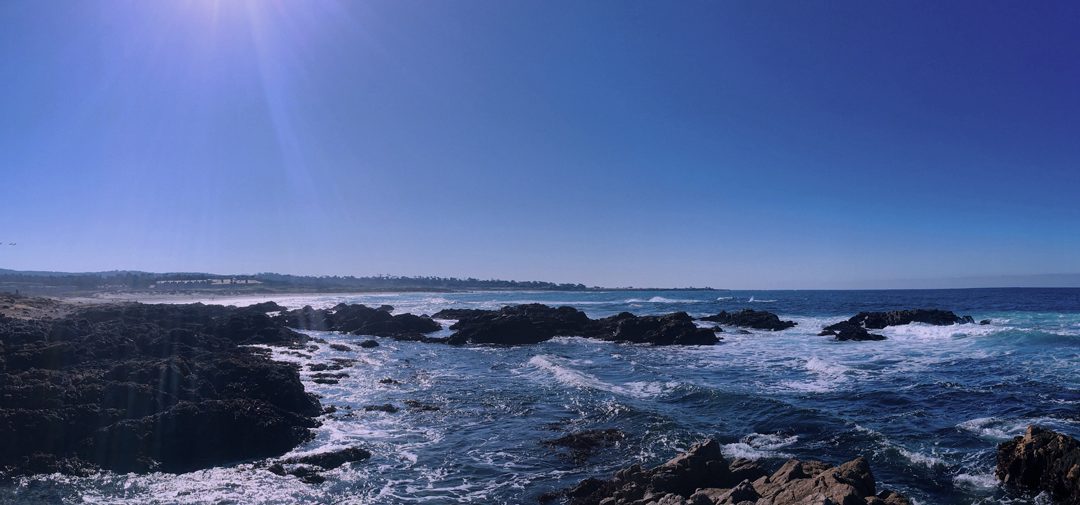
GME Meme Stock and What It Represents
GameStop was heading towards bankruptcy, with hedge funds taking short positions in companies like GameStop, in which they borrow shares of the stock at a certain price under the expectation that its market value will be worth less when it’s time to actually pay for those borrowed shares. In other words, they are betting on the stock price dropping, however something unexpected happened, the Gamestop stocks surged being driven by retail investors — individuals who buy and sell stocks for their own gains, as opposed to professional investors working on Wall Street — on the subreddit r/WallStreetBets (WSB), a community 2.9 million-strong decided to buy up as much shares of stocks as a joke. That ended up reviving GameStop, incurring massive losses on the hedge funds, and shaking the stock market. This short squeeze – as it’s referred to – is not uncommon but it doesn’t tend to play out in this public or dramatic a manner leading this case to be the talk of every news outlet at the time.
This case perfectly encapsulated the volatility and unpredictability of the stock market, as well as how it can be influenced heavily by the everyday person. Such cases also emerged with Eli Lilly and their Twitter fiasco more recently.
As such we recommend the deployment of a brand followup division for social media from companies, as well as more rigorous bylaws implemented within social media platforms in order to control, contain, and possibly prevent such situations.
Team:
Omar El Khatib
Omar Zbibo
Abdallah Moucarri
Karim El Hajj
Bassel Abou Zahr
